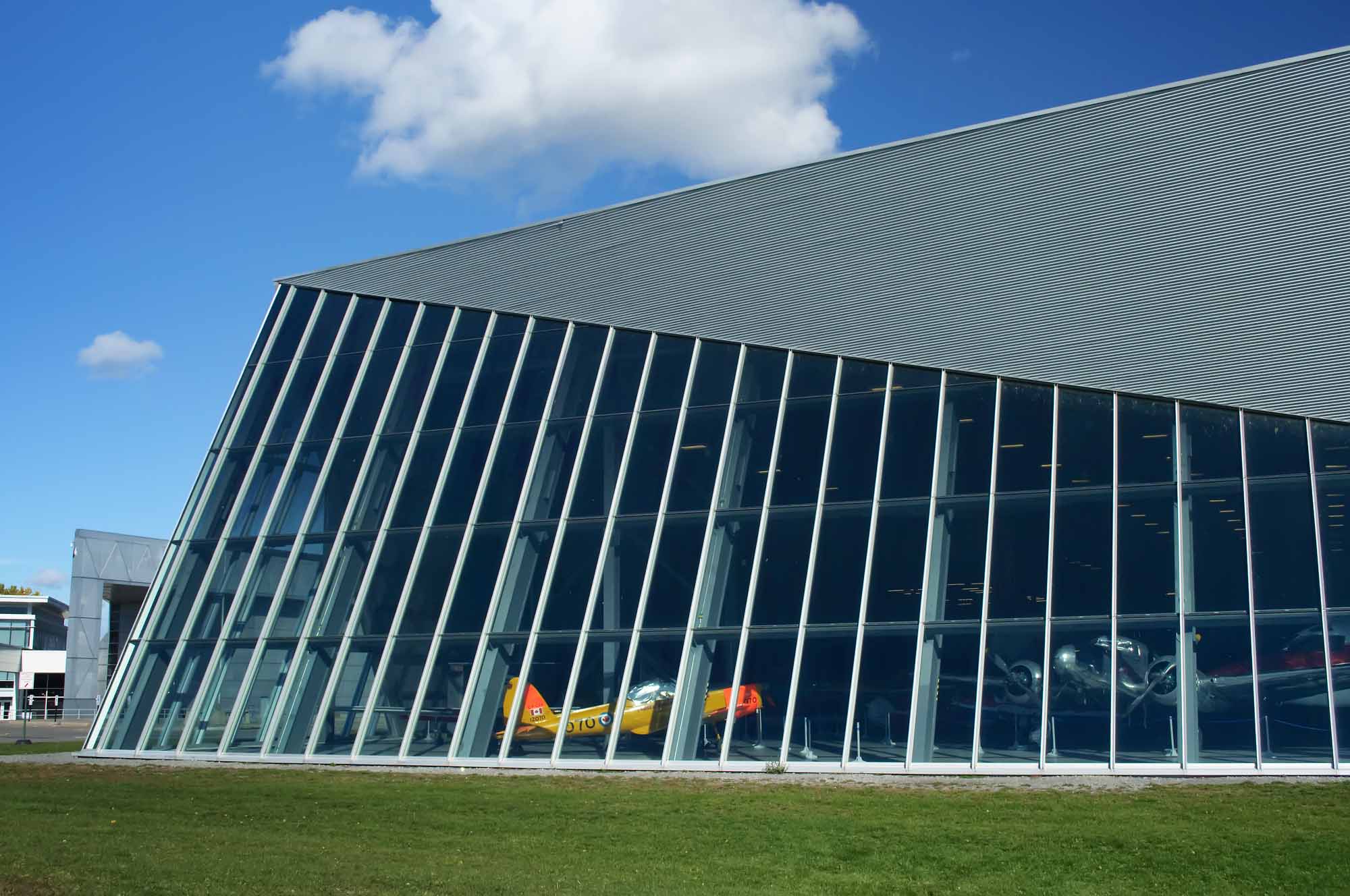The de Havilland Canada DHC-2 Beaver, successor to the Noorduyn Norseman, was the all-purpose bush plane of the Canadian North. (See also Bush Flying in Canada.) The Beaver was sturdy, reliable and able to take off and land on short lengths of land, water and snow. It has been called the best bush plane ever built. While de Havilland Canada produced it for only 20 years — from 1947 to 1967 — many Beaver planes still fly today. The Beaver helped connect communities in remote areas of Canada, in addition to serving across the globe.

Design
De Havilland Canada based aspects of the Beaver’s design on the results of a questionnaire it sent to Canadian bush pilots in 1946. The company wanted to build a plane ideally suited to transport in remote Northern areas. De Havilland also consulted First World War flying ace and pioneering bush pilot “Punch” Dickins on the plane’s design.
The result was an all-metal, single-engine plane with wings set high on the fuselage (plane body). A powerful engine and a special wing/flap system designed by engineer Richard Hiscocks equipped it to take off and land within short distances. The Beaver could be fitted with wheels, floats or skis. It could carry a pilot, six passengers and heavy loads. De Havilland director Phil Garratt called it a “half-ton flying pickup truck.”
Service
The Beaver first flew on 16 August 1947. It saw service in both polar regions, in African deserts and in airfields high in the Andes. Service in Antarctica was so valuable that a lake, glacier and island were named after it. By 1965, some 1,600 Beaver planes were operating in 63 countries. The biggest customer was the US army, which used the aircraft in the Korean War.
De Havilland Canada stopped producing the Beaver in 1967. In 1983, it sold the tooling and drawings for the plane to Viking Air of Sidney, British Columbia. Viking continues to offer parts and support for the plane. Many Beavers still fly today, although it is common for operators to have modified them.
In 2019, BC-based Harbour Air completed a test flight of a Beaver float plane equipped with an electric engine. It was the world’s first flight of a fully electric commercial airplane.
Legacy
In 1987, the Canadian Engineering Centennial Board named the Beaver one of the top 10 Canadian engineering achievements of the 20th century. In 2022, Canada Post released a commemorative stamp of the DHC-2 Beaver.

Several Beaver planes are held in museum collections around the world. The prototype, CF-FHB, is on display at the Canada Aviation and Space Museum in Ottawa.

 Share on Facebook
Share on Facebook Share on X
Share on X Share by Email
Share by Email Share on Google Classroom
Share on Google Classroom







